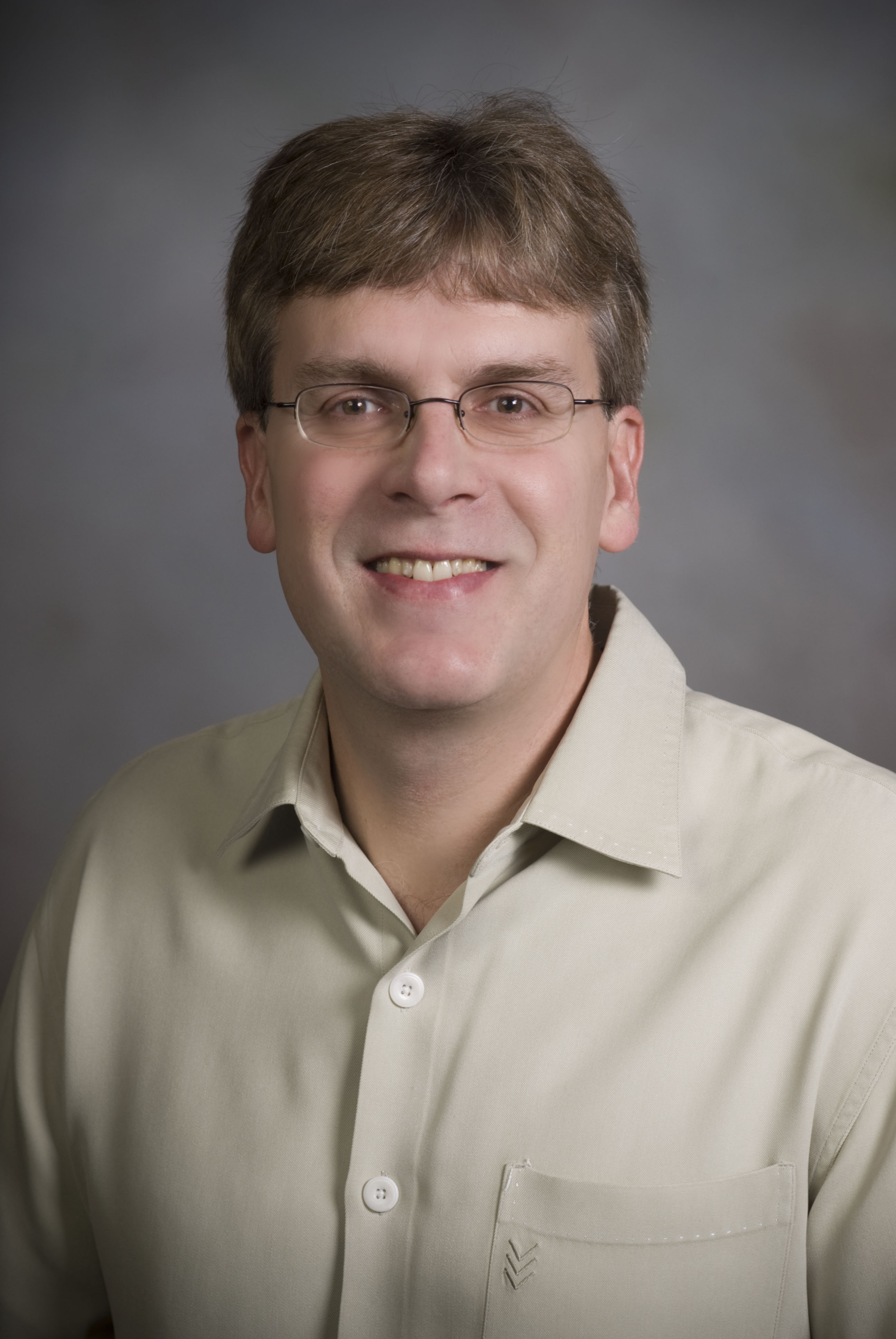Scientific meeting at Virginia Tech will make more than $2 million economic impact

More than 1,500 scientists will descend on Virginia Tech beginning June 24 bringing with them not just cutting-edge research information but also an economic boost to the Blacksburg area in excess of $2 million.
The World Polymer Conference, MACRO 2012, is one of the largest conferences ever held in Blacksburg with 13 simultaneous sessions daily during the six-day meeting. It’s all about large molecules – macromolecules – that are having a huge impact on such diverse areas as delivering drugs more accurately to cells and finding better alternative energy storage. Faculty members in Virginia Tech’s Macromolecules and Interfaces Institute, which initiated the proposal to host the conference at the university, are some of the world leaders in this research field.
“When people think of polymers, they usually think of plastic packaging, but what scientists are studying now extends beyond plastics and focuses on improving the quality and quantity of our lives,” said Timothy Long, one of the conference organizers and a professor and associate dean of the Virginia Tech College of Science . “Through international collaborations, researchers are finding ways to use polymers for energy, health, and the environment to create a safer and healthier world.”
Scientific collaborations will be clearly in evidence at the conference with attendees being from 52 countries, 60 percent coming from outside the United States. With most of those coming to the meeting from outside of the Southwest Virginia area, hotels, restaurants, entertainment, and local transportation will experience increased business.
Experts in the Virginia Tech Office of Economic Development estimate that the amount spent locally for rooms, food, and transportation will be about $1.8 million. The total expenditures in the regional economy will be close to $2.5 million when such things as conference registration fees, subsidies for graduate students to attend, meals, and refreshment breaks are added into the impact.
Attendees will be flying into Roanoke Regional Airport, Washington Dulles International Airport, and Charlotte/Douglas International Airport, from which meeting organizers have arranged shuttle service to Blacksburg. They will be staying both on the Virginia Tech campus and in a number of local hotels. In addition to the scientists from many institutions and industries, more than 500 students will participate in the conference.
The meeting is the 44th edition of the congress of the International Union of Pure and Applied Chemistry. For the conference, which is titled “Enabling Technologies for a Safe, Sustainable, Healthy World,” there will be about 775 oral presentations and 475 poster presentations. Twelve plenary speakers from prestigious research institutions around the world will be speaking.
They include Nobel laureate Robert H. Grubbs, who was awarded the Nobel Prize in Chemistry in 2005. His talk will be “Controlled Synthesis of Functional Polymers.” Grubbs also will be at the Science Museum of Roanoke on Tuesday evening, June 26, for a short presentation and to meet with the public.
The banquet speaker will be Robert J. Lang, one of the world’s foremost origami artists, who has pioneered computational origami. Before becoming an artist, Lang used his training in applied physics when he worked at NASA/Jet Propulsion Laboratory, Spectra Diode Laboratories, and JDS Uniphase. Now he works full time as an artist and origami consultant but remains active in the world of physics with various projects.
The president of Japan’s Society of Polymer Science, Kazunori Kataoka, will present “Medical Innovation through Polymer Chemistry — Supramolecular Structures of Block Copolymers as Smart Nanodevices for Gene and Drug Delivery.” Kataoka is a professor in the Department of Materials Engineering at the University of Tokyo. His current research focuses on nanobiotechnology, specifically for gene and drug delivery.
“Investigation of polymers is an exquisite example of interdisciplinary research that brings together many departments on campus and with universities worldwide,” said Long. “This integrated scientific approach that attempts to solve recyclability, drug delivery, solar cells, energy storage, non-petroleum energy, and much more shows the power of international collaboration to benefit everyone."




